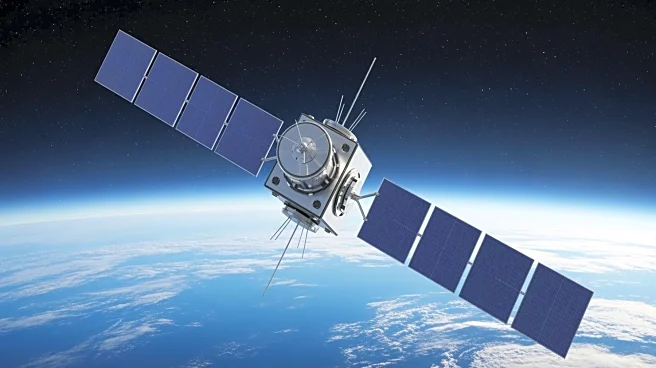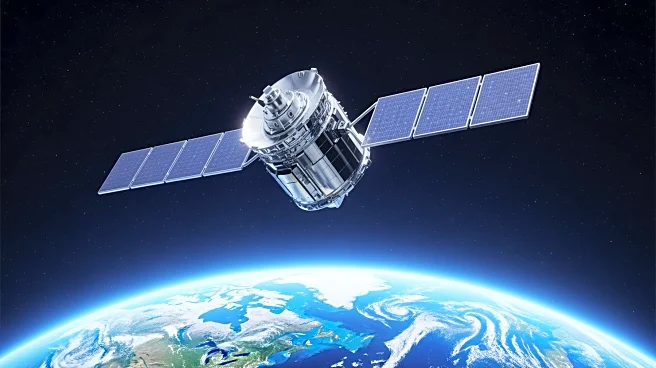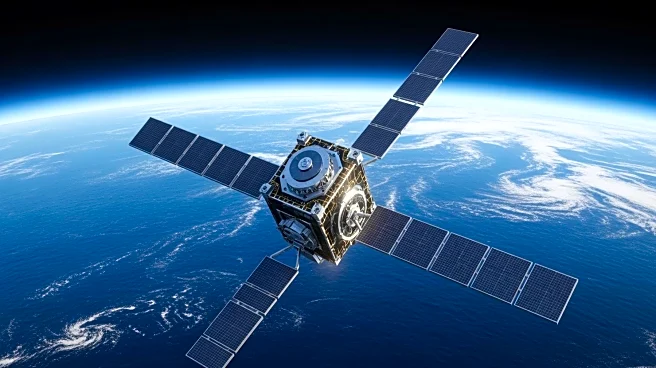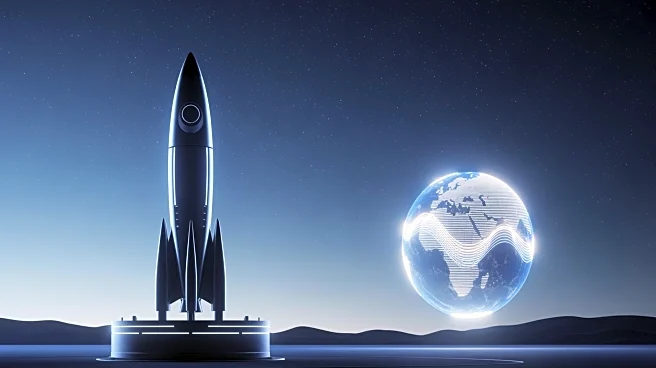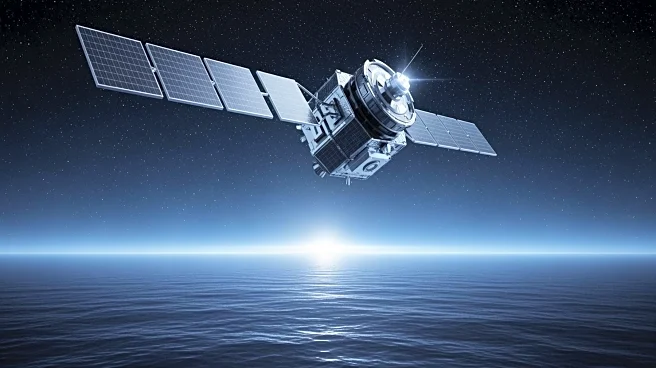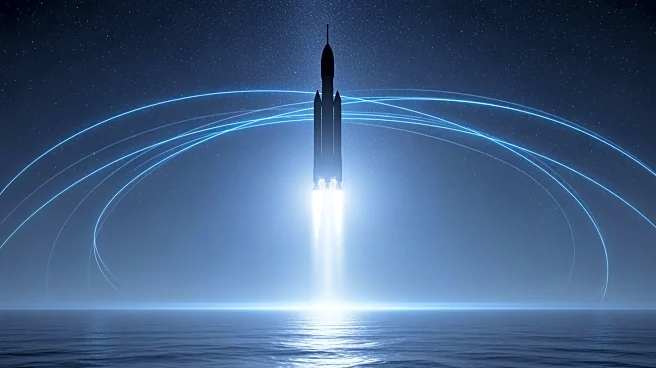What's Happening?
NASA and the European Space Agency (ESA) are finalizing preparations for the launch of the Sentinel-6B satellite, an ocean-tracking satellite designed to continue the work of its predecessor, Sentinel-6 Michael
Freilich. The satellite is set to launch aboard a SpaceX Falcon 9 rocket from Vandenberg Space Force Base in California. The launch is scheduled for November 17, 2025, at 12:21 a.m. ET. Sentinel-6B will orbit Earth every 112 minutes, traveling at a speed of 4.5 miles per second, and will contribute to a multidecade dataset for sea level measurements. This data is crucial for improving public safety, city planning, and protecting coastal infrastructure. The satellite will also gather atmospheric data to refine models that support the safe re-entry of Artemis astronauts.
Why It's Important?
The launch of Sentinel-6B is significant as it continues the critical task of monitoring sea level changes, which are vital for understanding climate change impacts. The data collected will aid in the protection of coastal areas, including power plants and defense interests, by providing accurate sea level measurements. This information is essential for policymakers and scientists working on climate adaptation strategies. Additionally, the atmospheric data gathered will enhance the safety protocols for future space missions, including those involving Artemis astronauts. The collaboration between NASA and ESA highlights the importance of international partnerships in addressing global challenges such as climate change.
What's Next?
Following the launch, Sentinel-6B will undergo a series of operations to ensure it is ready for scientific data collection. It will initially fly behind its twin satellite, Sentinel-6 Michael Freilich, for cross-calibration of data. Once calibrated, Sentinel-6B will take over primary sea level measurement duties, while its twin will be used for mapping seafloor features. NASA will provide live coverage of the launch and subsequent operations, allowing the public to follow the mission's progress. The successful deployment and operation of Sentinel-6B will further enhance the dataset used for climate research and coastal management.
Beyond the Headlines
The Sentinel-6B mission underscores the growing need for advanced satellite technology in climate monitoring. As sea levels continue to rise, the data provided by Sentinel-6B will be crucial for developing adaptive strategies to mitigate the impacts of climate change. The mission also highlights the role of space technology in supporting environmental sustainability and the importance of international cooperation in scientific endeavors. The insights gained from this mission could lead to improved models for predicting climate-related events, ultimately aiding in global efforts to combat climate change.
